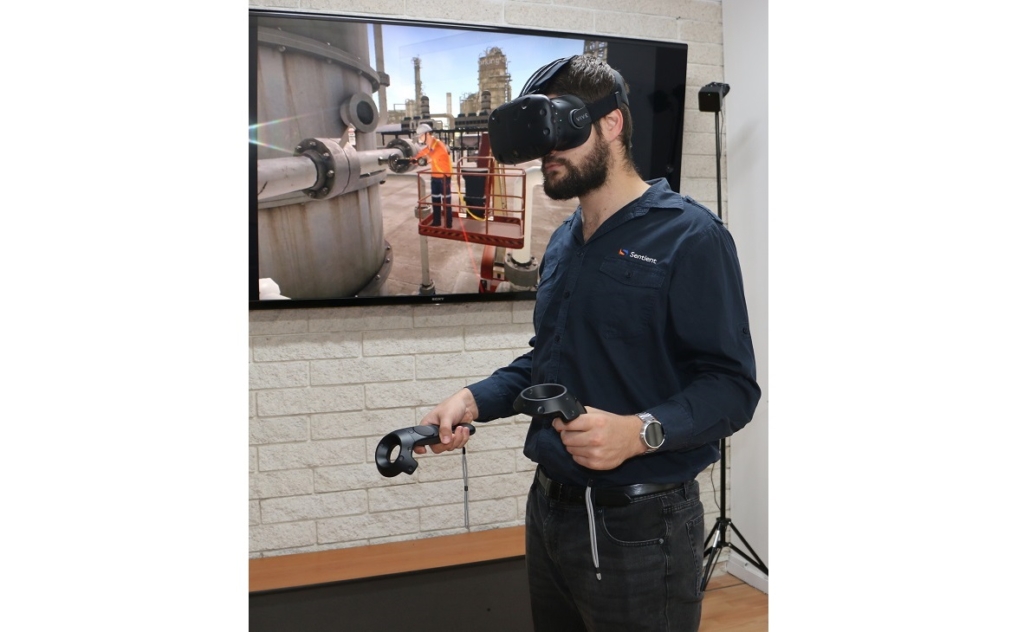At Sentient we often get asked about the cost of virtual reality with many assuming that it’s expensive. But it’s not the hardware or software that makes it pricey, it’s lack of direction.
Virtual reality first made its appearance in the mid 1980s with the first consumer products making their way into the hands of consumers. Interest was short lived. A new generation of products was greeted in the 90s and we witnessed another short spike of interest. It seems that the technology has always fallen short of its promise.
Some 20-30 years later, with advances in smartphone and related technologies the incredible potential of VR is now within reach. If the press buzz is to be believed, we’re in the midst of a virtual reality revolution.
Capability is what most people ask about first; interest is piqued and almost as immediately an initial concern is voiced: “isn’t virtual reality expensive?” It’s a completely valid concern, and a question that comes up often enough that we felt it deserved some exploration.
Any reader with an interest in technology might well point out the slew of recent articles decrying the cost of virtual reality. Are they wrong?
The majority of articles proclaiming the expense of VR are referring to the cost as it applies to the mass market consumer, which involves the cost of the VR hardware itself. They bemoan the impact this retail price will have on the adoption of the technology at scale. The law of supply, demand and price is as true here as with any other product or service; many end consumers will balk at the cost of a VR headset.
In Sentient’s world; within the context of bespoke software and custom industrial solutions, the cost of the VR headset is not really a consideration; companies have more buying power and a VR headset with have higher utilisation than it would for a retail consumer. We have an unashamedly strong view on this.
We then must look at the cost of building software for VR and, again, that is not necessarily an expensive exercise.
In terms of technology, many of the software building blocks for supporting virtual reality environments are readily available; best practice examples exist shared among a range of other 3D applications.
That is not to say that VR can simply be shoehorned in to an application which already exists; there are design considerations when building for VR. To reduce time and costs, deciding whether you want VR early on will exclude designs that are a poor fit. This is where having a clear scope early on plays a key role in keeping costs down.
We have been very enthusiastic in developing VR-capable applications but the reality is that VR isn’t a good fit for every problem (see our piece on making the most of VR in your business for more on this).
At the end of the day, cost is very rarely a driving factor in entering the world of VR. Rather, considering vision requirements is generally all that is needed to reach a conclusion on whether VR is applicable and the best fit. The cost comes later, determined by the strength of initial scope and direction.


